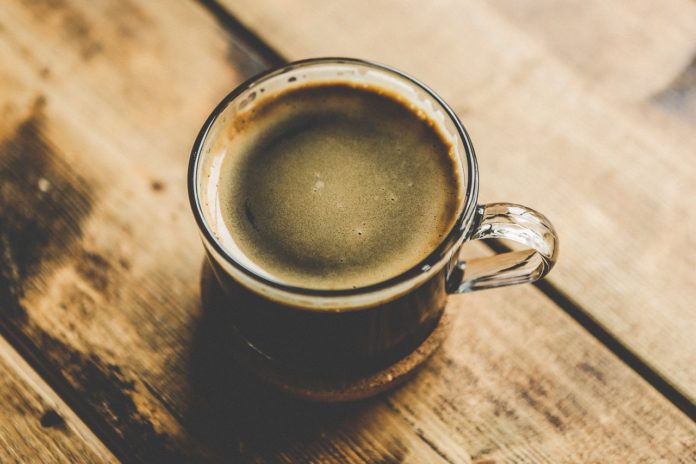Most say that black coffee has more nutrients than your cappuccino or your favorite coffee macchiato. But did you know that black coffee contains a lot of acids?
Well, yeah everything about coffee whether it’s black, decaf or single serve coffee, all of them falls into one definition which is acidic.
Many coffee drinkers see that coffee acidity makes their tummy hurt with an unpleasant taste, astringent quality that often causes to lost our enjoyment to our morning brew. This is one of the reasons, why more coffee drinkers are looking for “low-acid” coffees, to ease the yucky feeling in their stomach after drinking their daily cup of ten.
For some people, they define acid as sour, tangy, bitter, and sharp. But for us, coffee lovers, coffee enthusiast, and coffee aficionados coffee acidity is ” the dry, bright, and sparkling sensation that sets a high-quality, high-grown coffee apart from a mundane, lower-grown coffee.”
On the scientific side, acidity is something to be measured on the pH scale, which uses 7.0 as an indicator of neutrality, numbers under 7 as more acidic and numbers above 7 as lower-acid.
Lemon Juice – 2.0 pH
Milk – 6.5 pH
Morning coffee – 4.7ph
Beer, Tomato Juice – 4 pH
Orange Juice, Soda – 3pH
Pure water – 7 pH
Black coffee – somewhere lower than 5pH
The truth about this pH levels is that – pH level doesn’t always equate directly to a person’s experience of a particular coffee, sometimes it’s all in the mind. But if your still concern to your acid reflux due to coffee, thanks to technology, because we can now identify coffees that are low-acid.
Enough with the scientific blah-blah and let’s see what other coffee aficionados say about coffee acidity.
Kenneth Davids of Coffee Review says ” Treating the beans or dumping antacid compounds into them, or dark roasting them to the limit of possibility,” “is not nearly as effective in producing a fine flavorful low-acid cup as finding a lower grown coffee with naturally low acidity that has been picked and processed with care and brought to a moderate roast that develops the sugars without burning them.” and according to HG ” we never add anything, instead relying on a naturally-lower-acid green bean and a medium-to-dark roast level that compliments origin. Dark roasting reduces acidity, but it can also mask origin profiles—so it’s important to consider the origin qualities of the green beans before roasting the heck out of them. Some coffees with robust, burly flavor qualities like dark chocolate and earthiness can hold up to a darker roast and still let those qualities shine through. But more delicate qualities, like citrus, berry, or herbal notes, are likely to disappear behind the qualities of the roast itself.”
So, based on the coffee revelations above, acidity is not always dealing with physical experience in coffee because as what Kenneth David found out that tasters’ perceptions of acidity (tanginess or brightness on the palate) were actually quite good at tracking actual acidity of the coffees. That is why when you are on a hunt for a low-acid coffee you need to trust your senses because your experience will give you the answer.
Cold brew extracts definitely have less of everything from coffees, including acids, so that’s definitely an option. Sumatran coffee is also an option because it is lower-acid-in-origin.





